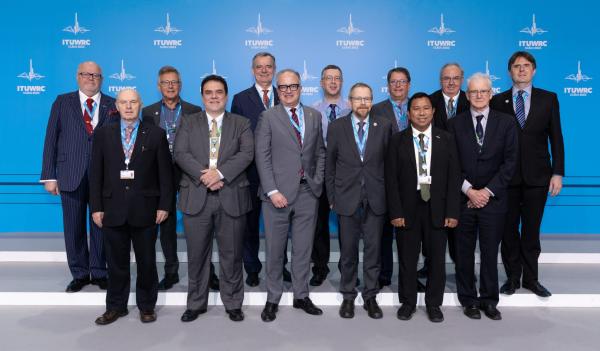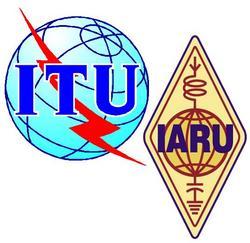
Originally posted on the IARU global web site.
After four hectic weeks of World Radio Conference and a preceding week of Radio Assembly meetings, WRC-23 concluded on Friday 15th December where overall amateur radio fared very well, despite the enormous pressures across the radio spectrum from LF- to Terahertz. This is a tribute to the IARU team effort, that at times had to work throughout this period from 8:00 am to as late as beyond 2:00 am and on weekends.
Top of the amateur radio priority list was Agenda Item 9.1b on the coexistence of the secondary amateur and amateur-satellite allocation with the primary radio navigation satellite service in 1240–1300 MHz. This had seen four years of strenuous effort in the run-up to WRC and resulted in a recommendation being agreed at the Radio Assembly, followed by WRC23 agreeing to mention the recommendation in a new footnote for the allocation. Both the recommendation and the footnote are an excellent outcome for the amateur services.
A number of other items were relevant to the amateur service and had been prioritised beforehand:
- AI1.12: 40–50MHz radar sounders. These have now been largely limited to the polar area.
- AI1.14: 231.5 GHz re-allocations for Earth Sensing. Fortunately, our secondary 241–248 GHz allocation is unchanged and the primary allocation of 248–250 GHz is unaffected.
- AI9.1a: on Space weather sensors was an item of major interest. Aa clear definition for such sensors was arrived at, with frequency protection being agreed as an agenda item for WRC-27.
- AI1.2: More broadband in the 3.3 GHz and 10GHz (in Region 2). A difficult challenge on this as the amateur services are secondary – with numerous (mainly South American) countries allocating mobile broadband by way of footnotes. Instead of a region-wide designation for IMT at 10.0 - 10.5 GHz in Region 2 there is a footnote limited to a dozen countries.
Every WRC agrees to an agenda for the next conference under Agenda Item-10. This AI had an unprecedented number of proposals for both WRC-27 and preliminary ones for WRC-31. Following the relatively quick agreement reached on AI9.1b, the IARU team switched most of its effort to these future proposals in order to reduce the impact on the amateur services as numerous amateur bands were under consideration.
The end result is the IARU team worked effectively to minimize the amateur bands from future studies. This is again a great result for amateur radio.
The end result is the IARU team worked effectively to minimize the amateur bands from future studies. This is again a great result for amateur radio.
At the conclusion of WRC23 IARU is very pleased with the overall result. The IARU team has already started to discuss and consider how to engage and resource for the next cycle leading up to WRC27. IARU WRC-coordinator and Vice-President Ole Garpestad LA2RR expressed his pleasure with the results and complimented the extraordinary effort of the dedicated team of IARU volunteers who worked long hours to achieve the results that will benefit all amateurs.
